Resources
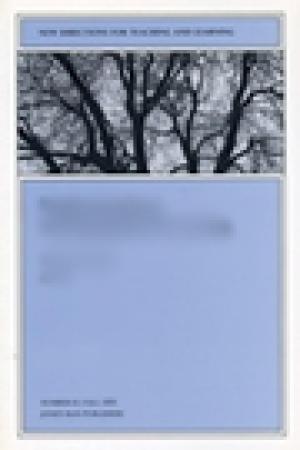
New instructional programs and services involving technology are being established which have significant implications for the way teaching and learning will be conducted in the future. This volume contains 10 papers which examine some of the current trends in instructional technology in higher education and discuss implications for teaching and learning in the postsecondary setting. (From the Publisher)

Teaching and learning at a distance is an area of education that is growing rapidly alongside the technology that makes it possible. But success in this area requires more than advanced technology; it requires skillful instructors, well-designed courses, and students ready to learn from the format. This issue of New Directions for Teaching and Learning provides insights from experienced practitioners into what is needed to make teaching and learning at a distance successful for everyone involved. This is the 71st issue of the quarterly journal New Directions for Teaching and Learning. (From the Publisher)
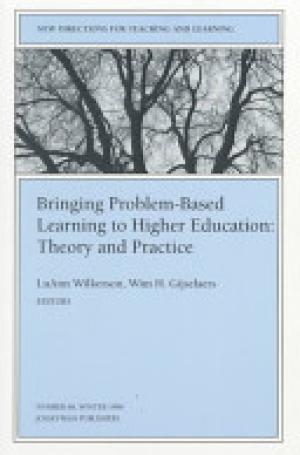
Problem-based learning has become a widespread teaching methodology in disciplines where students must learn to apply knowledge, not just acquire it. This volume describes the basics of the method, along with the variables that affect its success. The chapters provide examples of its application in a wide range of disciplines, including medicine, business, education, engineering, mathematics, and the sciences. The authors make a persuasive argument that professional fields as well as academic fields would find much to recommend PBL as a standard teaching method. This is the 68th issue of New Directions for Teaching and Learning. (From the Publisher)
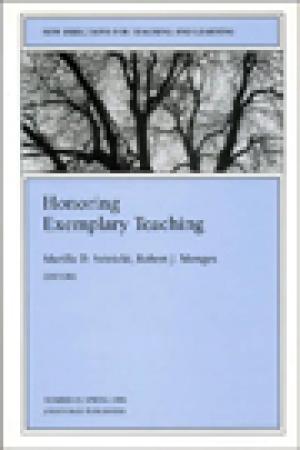
Many colleges and universities are attempting to increase the recognition they give to those faculty who go beyond mere competence and truly represent the best teaching higher education has to offer. What is the promise of programs to honor exemplary teaching? What pitfalls must they avoid? This issue of New Directions for Teaching and Learning describes programs in a variety of settings and with varying purposes. It reviews research relevant to selection criteria, and it offers guidelines for planning and implementing the kinds of programs most likely to be effective. This is the 65th issue of the journal New Directions for Teaching and Learning. For more information on the series, please see the Journals and Periodicals page. (From the Publisher)

This volume focuses on the ethical dimensions of teaching, bringing fresh insights and perspectives to inform ongoing discussions of ethics among faculty colleagues, administrators, and students. From these chapters emerges a dominant principle: responsibility to students is directly related to understanding of one's ethical self, and the first step in establishing that ethical identity is self-reflection. By teaching ethically, faculty members model and advocate appropriate behavior to students in a voice more effective than any proclamation. They also answer calls for accountability from the public, the press, and politicians. In all, teaching ethically requires transformations of structures, attitudes, and persons--faculty as well as students--if faculty are to meet fully their responsibilities to themselves, to their students, and to society. This is the 66th issue of New Directions for Teaching and Learning. For more information on the series, please see the Journals and Periodicals page. (From the Publisher)
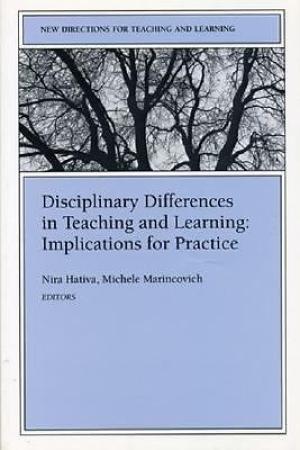
This volume of New Directions for Teaching and Learning increases our knowledge and understanding of the causes and consequences of disciplinary differences in the patterns of teaching and learning, in the instructional strategies to increase teaching effectiveness, in the culture and environment in which teaching takes place, and in faculty and students' attitudes, goals, beliefs, values, philosophies, and orientations toward instruction. Despite their practical and pervasive influence, disciplinary differences have been subjected to relatively little systematic study, especially in their effect on the quality of teaching and learning in higher education. This volume both provides new summaries of important studies on disciplinary differences and points out promising directions for further research. This is the 64th issue of the quarterly journal New Directions for Teaching and Learning. For more information on the series, please see the Journals and Periodicals page. (From the Publisher)
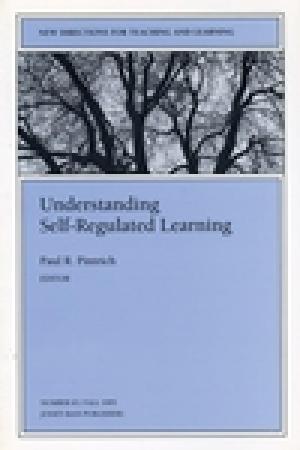
Stress can be beneficial if it triggers growth and improves the professor's performance. But it can be destructive if it leads to burnout, alcoholism, tension headaches, irritability, and boredom. The destructive consequences of faculty stress are not inevitable. They result solely from improperly managing and reacting to stressful events. This volume spells out the specific causes of faculty stress in the mid 1980's. It offers practical and proven ways of coping with the many stressful situations facing today's professors. The objective is not to try to escape the effects of stress - for it is an inevitable part of academic life - but rather to channel and control our responses to it. (From the Publisher)


The demographic makeup of the student population in higher education has changed in dramatic ways over the past decade. These changes have motivated questions about what constitutes knowledge and about how we learn and understand new concepts, processes, and skills. Working from the premise that knowledge is not a quantifiable mass of information to be transmitted but rather a socially constituted process of making meaning within constantly changing and interacting contexts, the authors of this volume seek to define and extend current understanding of collaborative learning in higher education. Each chapter blends theory and practice as it explores a particular aspect of the processes underlying collaborative learning. Case studies from three universities demonstrate collaborative learning in action, its potential and its challenges. This volume uses information about current developments in collaborative learning across the country to extend our understanding of its possibilities and offer guidance to faculty who wish to establish effective collaborative learning classrooms. This is the 59th issue of the quarterly journal New Directions for Teaching and Learning. For more information on the series, please see the Journals and Periodicals page. (From the Publisher)

This book provides an intimate view of how feminist teachers are revolutionizing higher education. Drawing on in-depth interviews and on-site observations, and using the actual words of students and teachers, the authors take the reader into the classrooms of seventeen feminist college professors at six colleges and universities - Lewis and Clark College, Wheaton College, the University of Arizona, Towson State University, Spelman College, and San Francisco State University. As these teachers integrate feminist and multicultural content into the curriculum, they demonstrate that pedagogy concerns not only "teaching techniques" but the whole process of the construction of knowledge in classrooms. Learning derives from relationships and interactions among teachers, students, and subject materials, not from any single perspective. In showing how the integration of feminist and multicultural content revitalizes the classroom, the book portrays innovative teaching in action. Feminist and cultural studies scholars have demonstrated that American higher education has traditionally represented the world in terms of the perspectives and achievements of a dominant minority. To educate students for a complex multicultural World, the voices of those who have been excluded need to emerge. There is widespread concern today about the quality of teaching in our colleges, particularly the predominance of lecturing and passive modes of learning. This important book presents a vision of teaching that counteracts the silence and alienation these practices engender. (From the Publisher)
Wabash Center Staff Contact
Sarah Farmer, Ph.D
Associate Director
Wabash Center
farmers@wabash.edu